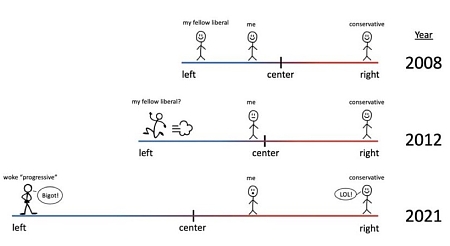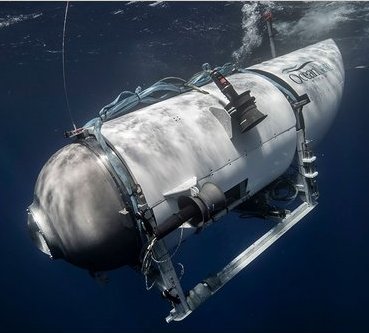ISRO to transfer ownership of its smallsat SSLV rocket to a private company
India’s space agency ISRO has now announced that it is planning to transfer full ownership of its new smallsat SSLV rocket to a private company, with that transfer conducted through open bidding.
The Indian Space Research Organisation (ISRO) will soon transfer its Small Satellite Launch Vehicle (SSLV) to the private sector, after conducting two development flights of the rocket that seeks to provide on-demand services to put satellites weighing up to 500 kg in a low-earth orbit. The space agency has decided to opt for the bidding route to transfer the mini-rocket to the industry, a senior official said. “We will be transferring the SSLV completely to the private sector. Not just the manufacturing, but full transfer,” the official said.
The article does not provide a source, so this story is at present unconfirmed. It does fit with the overall policy of the Modi government, but it also clashes with the power structure in India’s vast bureaucracy that is resisting that policy. It is very possible that the story has been leaked as part of that struggle, likely by bureaucracy to gin up opposition prior to the transfer being implemented.
Up to now under the Modi government’s efforts to force ISRO to give up power, the assets of ISRO that have been used to generate commercial profits — such as its rockets — have generally been transferred to a new separate bureaucracy created by ISRO dubbed NSIL. NSIL supposed to operate like a private company, but it is wholly owned by the government, and is thus structured to retain control within that government.
If this news story is correct, the Modi government is about to bypass NSIL and force ISRO to sell off SSLV. If so this is excellent news, though the devil will certainly be hidden in the final details of the sale.
India’s space agency ISRO has now announced that it is planning to transfer full ownership of its new smallsat SSLV rocket to a private company, with that transfer conducted through open bidding.
The Indian Space Research Organisation (ISRO) will soon transfer its Small Satellite Launch Vehicle (SSLV) to the private sector, after conducting two development flights of the rocket that seeks to provide on-demand services to put satellites weighing up to 500 kg in a low-earth orbit. The space agency has decided to opt for the bidding route to transfer the mini-rocket to the industry, a senior official said. “We will be transferring the SSLV completely to the private sector. Not just the manufacturing, but full transfer,” the official said.
The article does not provide a source, so this story is at present unconfirmed. It does fit with the overall policy of the Modi government, but it also clashes with the power structure in India’s vast bureaucracy that is resisting that policy. It is very possible that the story has been leaked as part of that struggle, likely by bureaucracy to gin up opposition prior to the transfer being implemented.
Up to now under the Modi government’s efforts to force ISRO to give up power, the assets of ISRO that have been used to generate commercial profits — such as its rockets — have generally been transferred to a new separate bureaucracy created by ISRO dubbed NSIL. NSIL supposed to operate like a private company, but it is wholly owned by the government, and is thus structured to retain control within that government.
If this news story is correct, the Modi government is about to bypass NSIL and force ISRO to sell off SSLV. If so this is excellent news, though the devil will certainly be hidden in the final details of the sale.










